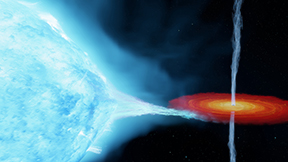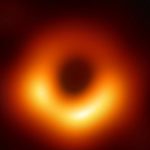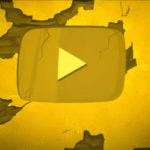Scientists have found a way to get new information about black holes. The way is clear for a better understanding of how a black hole swallows nearby massive matter and ejects matter from its burrow. Recently, the details of the joint research by NASA and the Italian Space Agency have been published in the journal Science.

In December last year, NASA and the Italian agency jointly launched the X-ray telescope IXPE (Imaging X-ray Polarimetry Explorer) into orbit. It detected X-rays from the black hole named Cygnus X-1. However, as before, not only the source of that ray, but its polarization and radiation type were also understood.
Henryk Krzynski, a researcher at the University of Washington, said that information resides in this polarization. In the case of black holes, the type of X-rays shows how much matter is scattered around the black hole or what is its exact condition and position.
Cygnus X-1, 7,200 light-years away from Earth, is a black hole with 21 times the mass of the Sun. The star orbiting it is 41 times more massive than the Sun and the black hole is slowly ‘swallowing’ that star.
When a black hole begins to pull in a massive object around it, a disk or ring forms around it. The superheated gas in that ring is in the form of a plasma, from which objects are sometimes ejected in the form of jets. Also, powerful X-rays are generated from that region. The circumference of the ring is usually not very large. The ring of Cygnus X-1 is approximately 2000 km (another name for the boundary of this ring is the black hole corona).
By looking at the polarization of the X-rays, the researchers infer that there is an asymmetry between the front ring and the inner ring of the Cygnus black hole. A black hole has a specific orbit when it is formed after the explosion of a giant star or supernova. This causes the inner ring to orbit the black hole in a slightly different direction. It has also been seen how the corona of the outer ring or black hole keeps twisting inside the inner ring.
Since light cannot escape from a black hole, to know it well, one must know its surrounding matter and its space-time behavior. Polarized X-ray telescopes have now detected the object’s trajectory. But Krzynski also hopes that X-ray experiments from black holes will also reveal something new about the compression of space-time surrounding this powerful mystery shrouded in the darkness of space.





















